Spain Dining etiquette: where, what, when and how to eat like a real local around the country
Spain dining etiquette and local foods offer a window into the country’s relaxed yet deeply rooted cultural traditions. Meals here are more than just nourishment—they’re a social event, often enjoyed slowly and shared with family or friends. From the late dining hours to the importance of small plates like tapas, understanding how and when locals eat can enrich your experience. Whether you’re sampling regional specialties like paella in Valencia, pintxos in the Basque Country, or jamón ibérico just about anywhere, knowing a bit about Spanish food customs helps you blend in and appreciate the rhythms of everyday life around the table.
Here’s a quick run down on when to eat, what to eat and other important features and etiquette to getting the best dining experience in Spain.
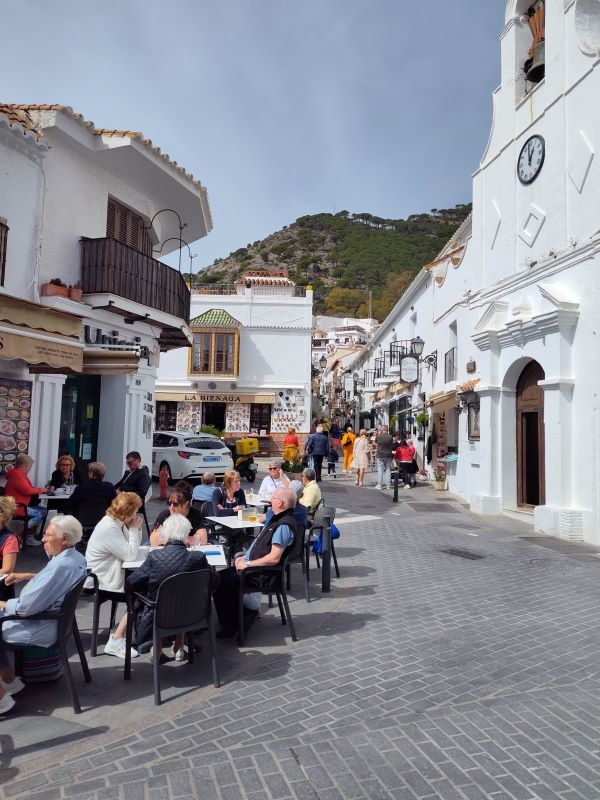
Get familiar with Spanish mealtimes
Spaniards follow a daily eating schedule that’s quite different from what many visitors are used to when they visit the country. Meals tend to happen later and more often at different times of the day. While you don’t have to stick to these local times, doing so can help you avoid restaurants that mainly serve tourists on earlier dining schedules. Here’s a look at how meals are typically spaced out in Spain.
Dining is a relaxed affair, especially at lunchtime, which can easily stretch over an hour or two. Breakfast is usually a quick bite, often eaten while standing at the counter of a local café. Tapas, too, is commonly enjoyed on your feet as you hop between bars and eateries (we’ll get into that more later). You can find more details about typical Spanish meal times here.
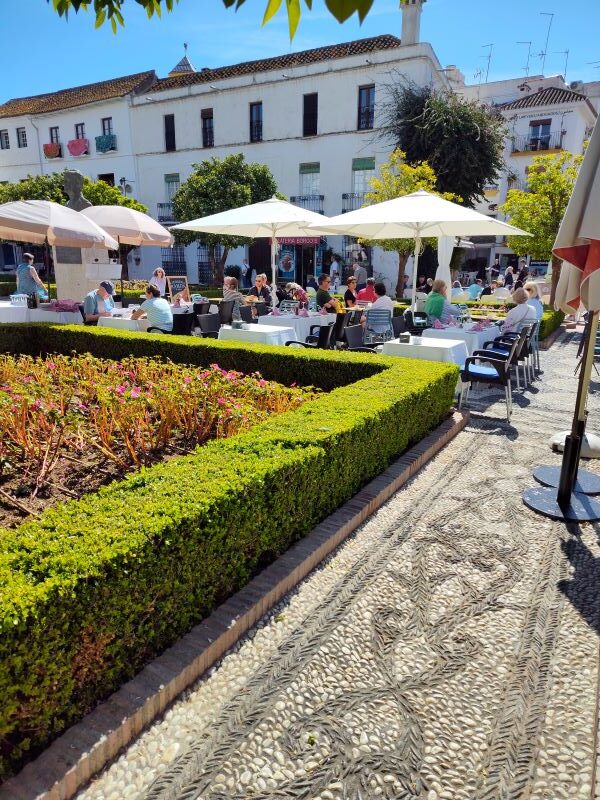
The most important meal of the day is at lunch
In Spain, lunch is considered the most important meal of the day, often served between 2:00 and 4:00 p.m. and typically lasting longer than meals elsewhere. This midday break isn’t just about food—it’s a time to pause, recharge, and socialize. A traditional Spanish lunch usually includes multiple courses: a starter like soup or salad, a main dish (often featuring meat or fish), and dessert, followed by coffee or sometimes a small digestif. Many businesses still close during this time, especially in smaller towns, reflecting the cultural value placed on sitting down to a full, unrushed meal. It’s a daily ritual that highlights how food and community go hand in hand in Spanish life.
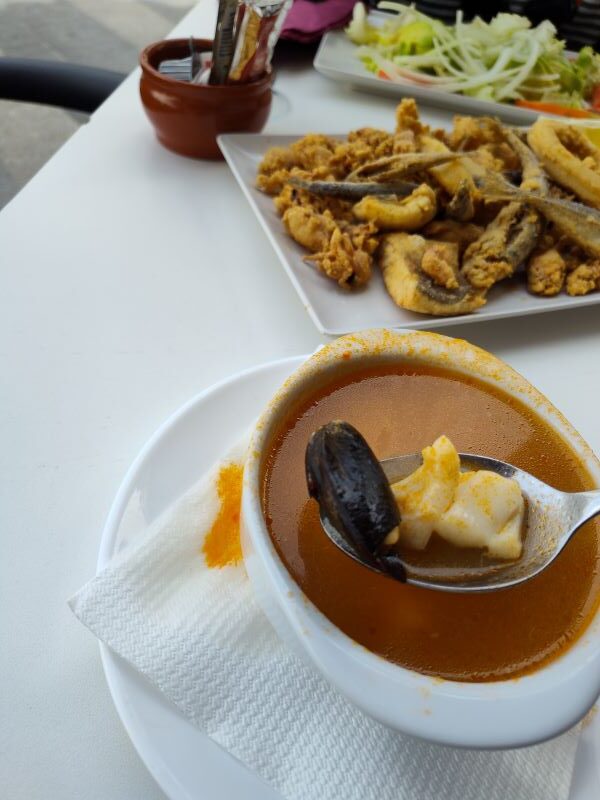
Order the menú del día during the week
Ordering the menú del día during the week is one of the best ways to enjoy a full Spanish meal at a good price. Offered at most local restaurants Monday through Friday, this fixed-price lunch usually includes a choice of a first course (like gazpacho, salad, or lentil stew), a second course (such as grilled fish, roast chicken, or paella), bread, a drink (wine, beer, or soda), and dessert or coffee. Prices vary by region, but it’s generally an affordable and generous option—often between €10–€15. It’s a popular choice for locals and workers on their lunch break, giving you a taste of traditional home-style cooking without breaking the budget.
Typically, with a Menu del Dia, you can choose your appetizer, main dish, and dessert which are normally very generous portions and are priced well for locals and tourists alike.
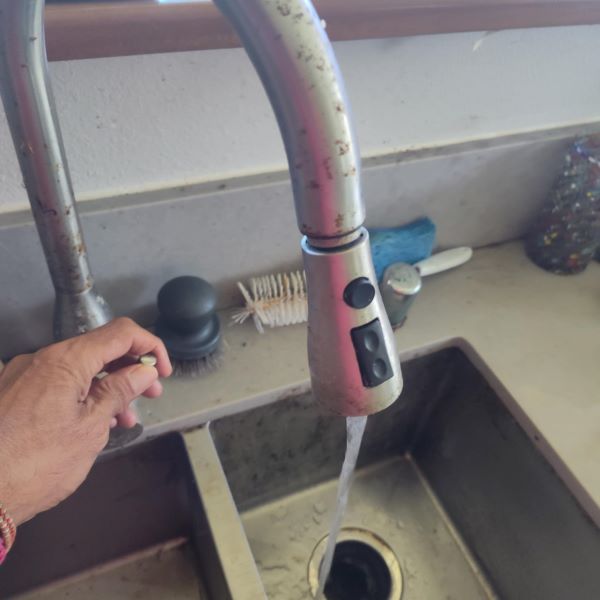
Tap water is usually safe to drink (but water is not always free)
Tap water is safe to drink throughout Spain, thanks to strict regulations and modern water treatment systems in place across the country. Whether you’re in a big city like Madrid or Barcelona or a smaller town, the water meets high-quality standards and is regularly tested. In fact, Spain has some of the cleanest tap water in Europe. That said, in a few coastal or older areas, the taste might be a bit different due to local minerals or the use of desalinated water—but it’s still perfectly safe. Carrying a refillable bottle not only saves money but also cuts down on plastic waste while traveling.t).
In a restaurant setting, bottled water will cost 2€ – 4€. At certain establishments, it is often more expensive than wine or beer. If you want to drink the local tap water, then as for a jara de agua (jug of water from the tap) which is free.
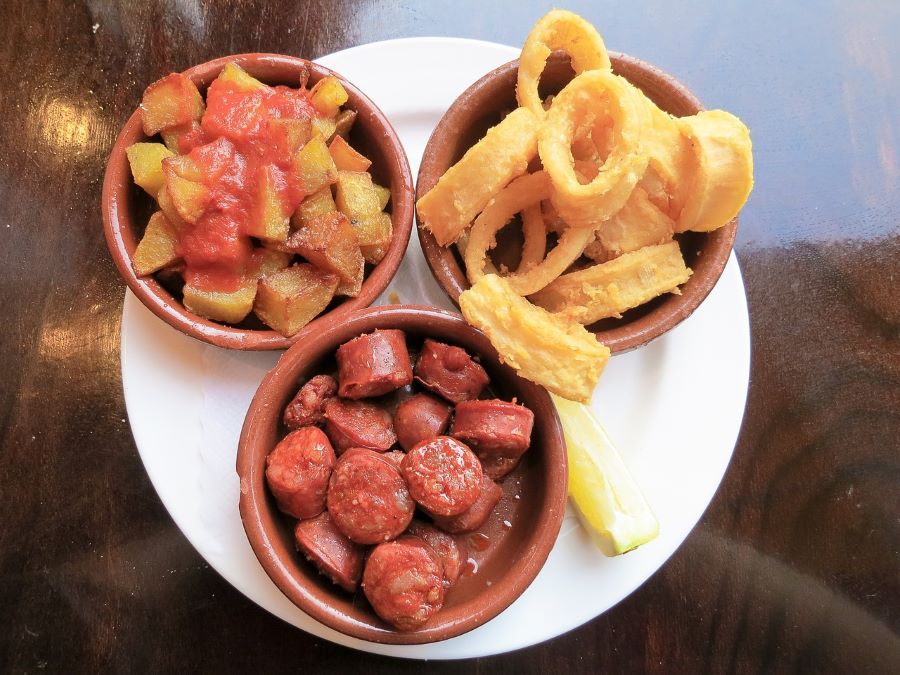
Tapas etiquette
Tapas etiquette in Spain is casual but comes with a few unspoken rules that locals follow. Tapas are meant to be shared, so whether you’re standing at the bar or sitting at a table, expect to order a few dishes for the group rather than individual plates. It’s common to start with a drink—beer, wine, or vermouth—and then slowly add small plates as you go. In many places, especially in southern Spain, you might even get a free tapa with your drink. Don’t rush through the meal; tapas are all about enjoying the conversation and the moment. If you’re doing a tapeo (tapas bar crawl), it’s fine to hop from one bar to another, ordering just one or two items at each spot. Keep your napkins and toothpicks on your plate or the floor—they’re often counted for billing in traditional bars.
Tapas are one of the many claims to fame in Spain. Tapa, which typically defines smaller portioned plates of food made for sharing is a way of life for locals. There is even a verb, tapear, which describes the act of eating tapas.
Here’s a quick introduction to Tapa culture and popular tapas around Spain
Can I really throw my trash on the floor?
At most bars around Spain, locals typically throw trash, napkins, olive pits and other waste on the floor that will typically be cleaned up at the end of day. This typically just happens at bars and not restaurants in general. At restaurants, you have full table service, utensils and plates that you can easily leave on the table to be cleaned out. But at bars, leftover scraps, bar food and even cigarette buds are just tossed off onto the floor which is an acceptable bar situation here in Spain to accept especially with tight bar spaces available for locals and tourists to hang out at.
This practice is starting to diminish with local county ordinances and bars and restaurants starting to rollback on any of these types of past rituals to become cleaner and more organized.
Smoking culture at bars and restaurants
Spain is still a smoking culture especially in social areas like bars and restaurants. Although most indoor venues tend to be anti-smoking with a strict cigarette ban established in 2011. open areas and patio areas tend to still be casually open for most smokers to enjoy their habits along with drinking and eating at these venues.
The federal government is currently in the process of extending the anti-smoking ban to public areas and patios of bars, restaurants and other venues that were proposed in 2025. This is still in the planning stage and being reviewed by the Council of Ministers and Parliament, so stay tuned.
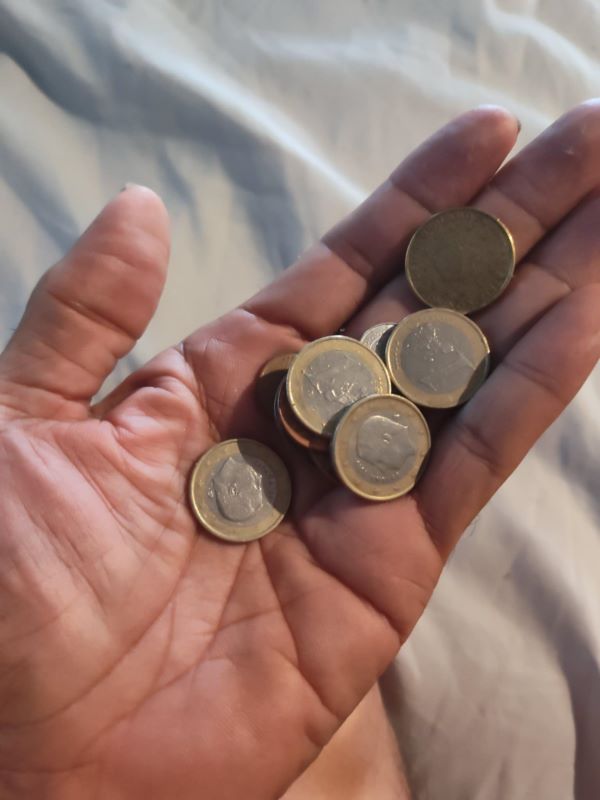
Service and tipping in Spain
Service in Spain tends to be more laid-back than in some other countries, with waitstaff giving you space rather than checking in frequently. It’s normal to wave or call over a server when you’re ready to order or need something, and meals are often relaxed and unhurried. As for tipping, it’s not obligatory, but a small gesture is always appreciated. Locals usually round up the bill or leave a euro or two for casual meals and drinks, and around 5–10% at more formal restaurants if the service was particularly good. Tipping in cash is preferred, even when paying by card, and it’s not expected in every setting, especially at cafes or bars.
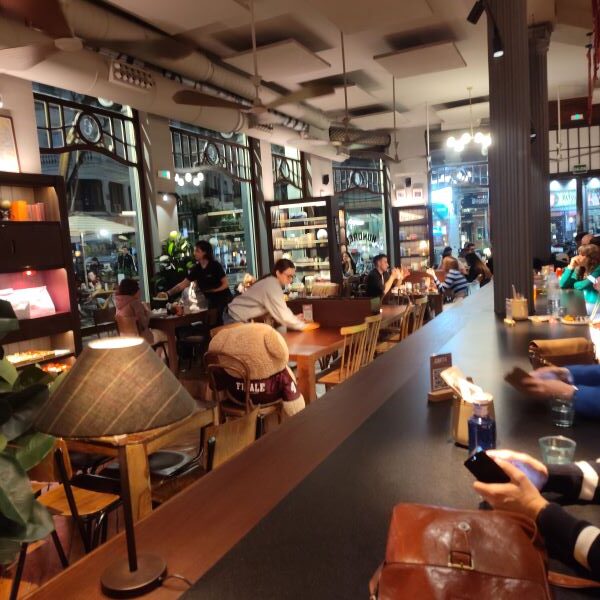
Paying extra on where you sit versus standing
Many restaurants do charge a premium or service charge to be seated indoors, on the patio compared to hanging out at the bar and or standing up to eat. Informal service from the servers or bartenders is informal and pricing tends to be cheaper with added seating costs for casual bar service.
You may expect a 10% to 20% upcharge if you sit at a table or on the patio seating arrangement compared to standing up at the bar or bar area.
Order local specialties (not Paella or Sangria)
Even though Paella is considered Spain’s national dish visitors should try to seek out specialty foods from each region that they plan on visiting. If you are in the Basque area consider the amazing Pintxos dishes, In the Costa del Sol are amazing seafood grilled dishes. To the central part of the country consider Huevos Rotos (Broken eggs with various toppings) local tripe stew or Callos de Madrilena, or how about a calimare sandwich or Bocadillos de Calamare.
Here’s a list of popular and traditional Spanish dish that is well known around the country
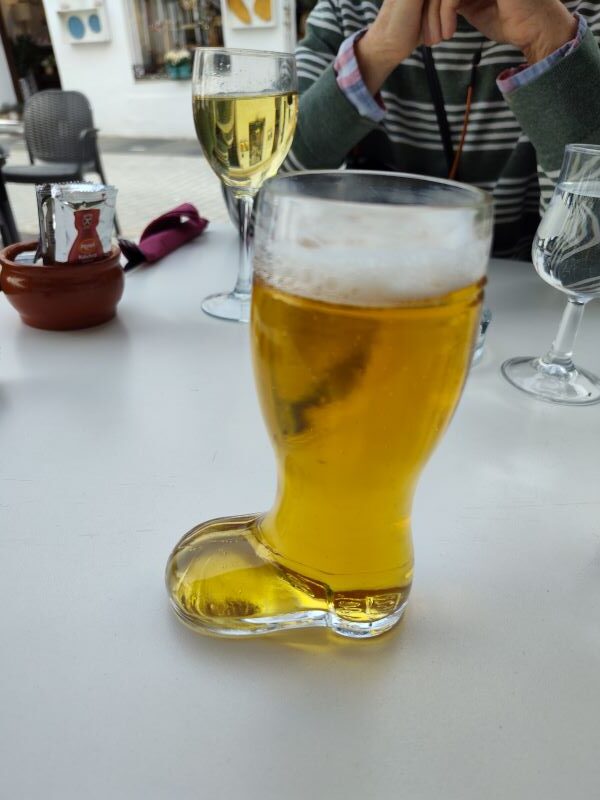
Order a local drink for your meal
If you are looking for something more local then avoid Sangria which most Spaniards avoid this touristy drink. Most opt for whats local like a cana or small beer, red wine or vino tinto, white wine or vino blanco or even red wine sprtizer with sprite called tinto de verano. The national aperitif drink is vermouth or Vermut which is drunk before a meal. Or even in regional areas like the North or Basque country, specialty ciders or Sidra is delicious sereved with a local specialty dish.
Here’s a video of 10 typical drinks locals enjoy drinking and socializing around bars and restaurants around the country
Common phrases + ordering in Spain
Most tourists use the same phrases for ordering in English but in Spanish. For example, we typically order food in English by saying I would like (me gustaría) or I want (yo quiero).
Instead, say “me pones” or “nos pones” which roughly means ‘bring me’ or ‘give us’. For example, “me pones el salmorejo para empezar, el lomo para segundo, y una copa de vino tinto cuando puedas.” This translates to “Give me the salmorejo soup to start, the lomo for my main plate, and a glass of red wine when you can please.”
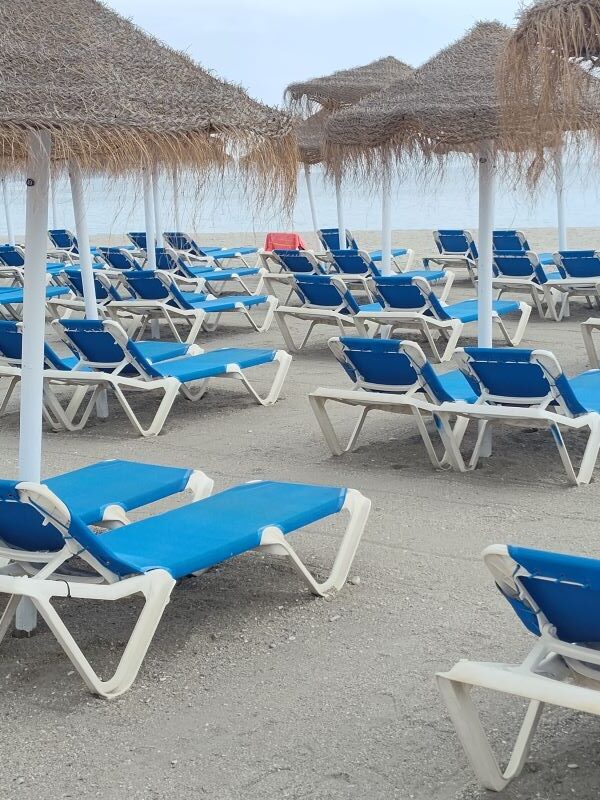
Most places close from 4:00 to 7:00
Most businesses close between 4:00 pm to 7:00 or 8:00 pm for “siesta time”. Everything from clothing shops, fruterias, museums, and restaurants.
This time was traditional for the workers to be able to have a late lunch and rest or get things done before opening again. Siesta isn’t a huge thing in large cities like Madrid or Barcelona and large chain stores won’t close. However, in small towns, the siesta is still practiced as most people return home for lunch and take a small 15 to 45-minute nap after eating.
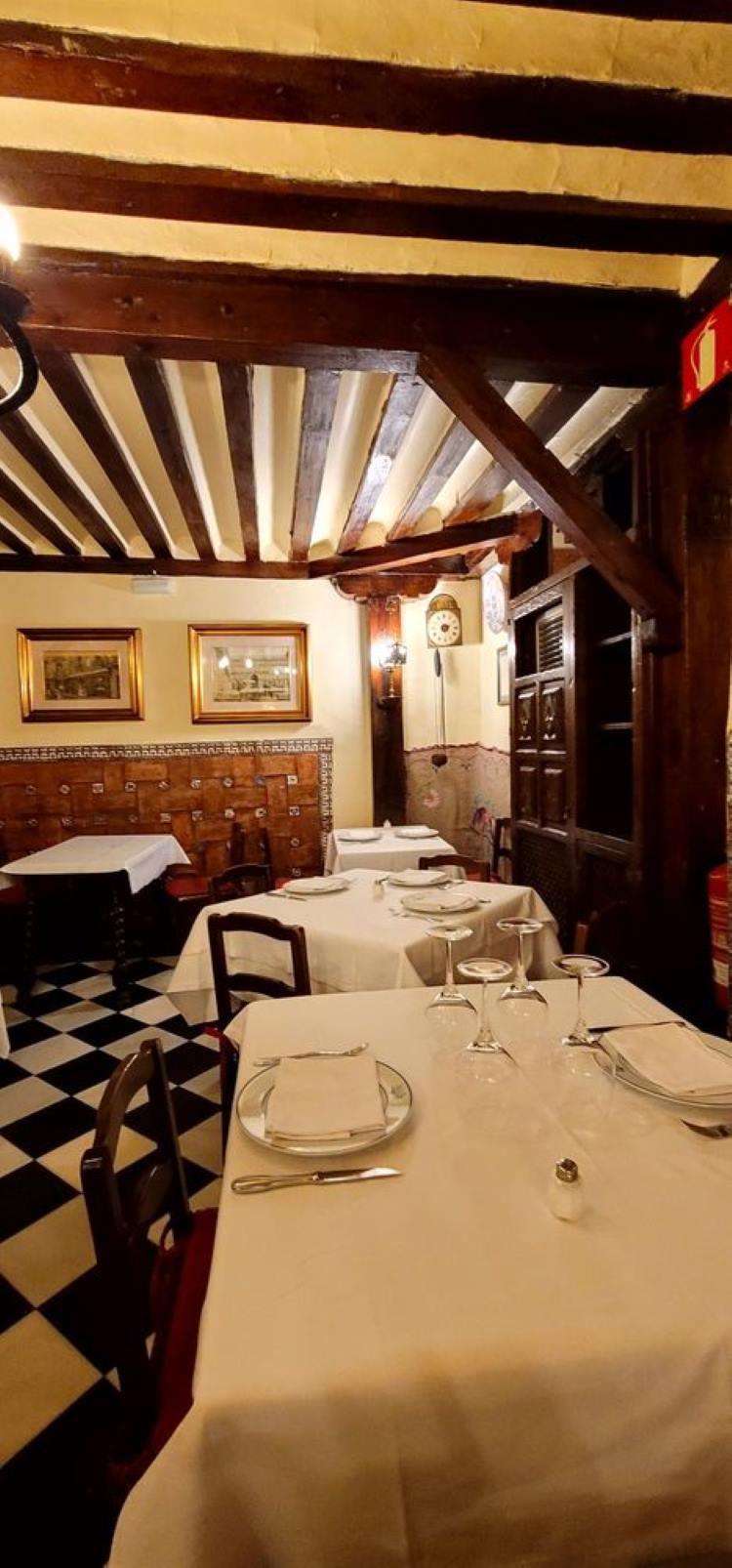
14. Book popular dining experiences ahead
Books and experiences at popular tourist sites and restaurants should be booked in advance if visiting during popular tourist seasons. Even in the off-season, there is a chance the tour or entrance will fill up when you are visiting.
We always pre-book our experiences and tours and make reservations for dinner or lunch when possible if it’s a highly sought-after restaurant.
Here’s a fun tour of Botin in Madrid below and a little history of the oldest restaurant in the world.
15. Dress nicely
Spain is a dressing culture with Spaniards dressing up and mostly in timeless or classic dress that is more formal beyond just the casual nature especially in dining, entertainment and night life functions. Always wearing your best dress or fashion forward look when visiting an accepted part of the local lifestyle here and accepted norm for socializing around the country
Here’s how locals describe the smart, casual and still dressy aspect of working and lifestyle dress throughout the country below.
Further Reading
Check out these other topics that can help you planning a perfect trip to Spain below
Specialty foods and markets in Cadiz Spain
Specialty foods and markets of Valencia

About author – Noel Morata
After relocating from the United States to Andalusia in 2020, I’ve made it my mission to discover every corner of Spain. Based just east of Granada, I’ve spent over 12 months exploring Malaga province and the rest of Spain, including multiple extended visits to Torremolinos throughout different seasons. My background in Spanish cultural studies and years of residence and exploring all of Spain have given me unique insight into the region’s historical significance, local customs, and culinary traditions.
I regularly update my guides with the latest information gathered through personal visits and relationships with local tourism officials, always seeking what’s new and exciting in each destination. As a self-proclaimed foodie, I’m passionate about discovering authentic local markets and regional specialties.

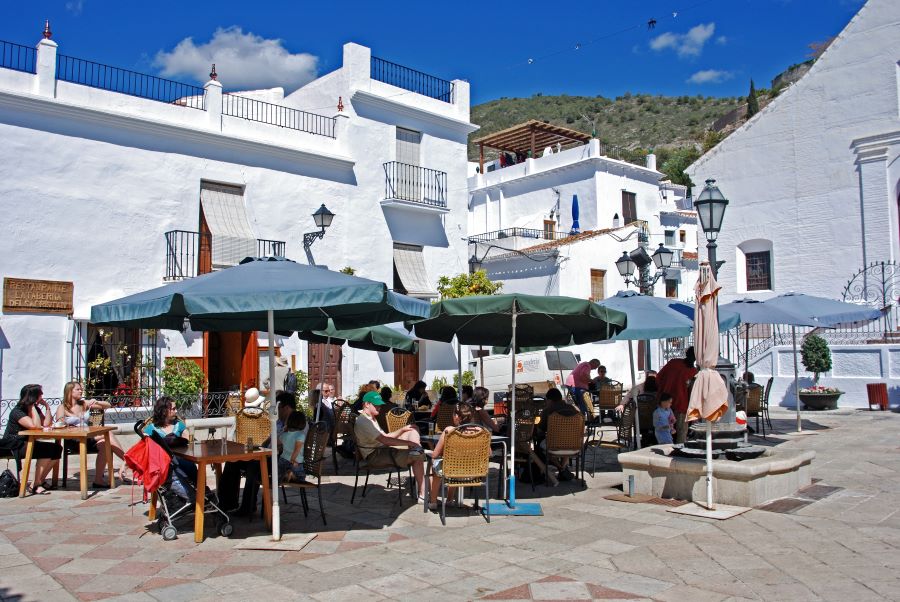
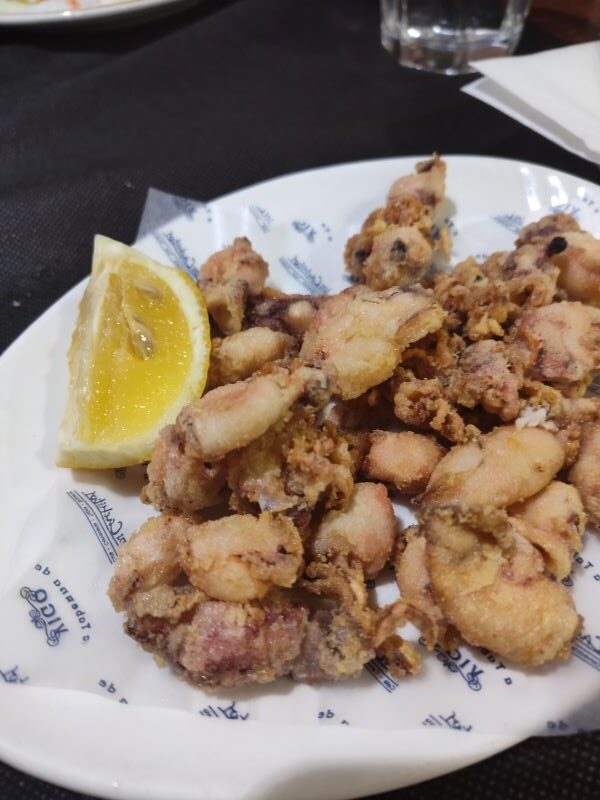
I miss Spain and your descriptions match ours. However, we were often the annoying Anglos who would show up at a restaurant at 7:30 p.m. I remember being allowed to dine then if we promised to be done by 9:30 pm because our table was reserved by someone for that time. No hay problema. Lo prometo.
It’s easy enough for me to just eat tapas all night long or do as you do come in and be the first diners without the noise and crowds so that for me is a plus. And you get the full menu still available to order.